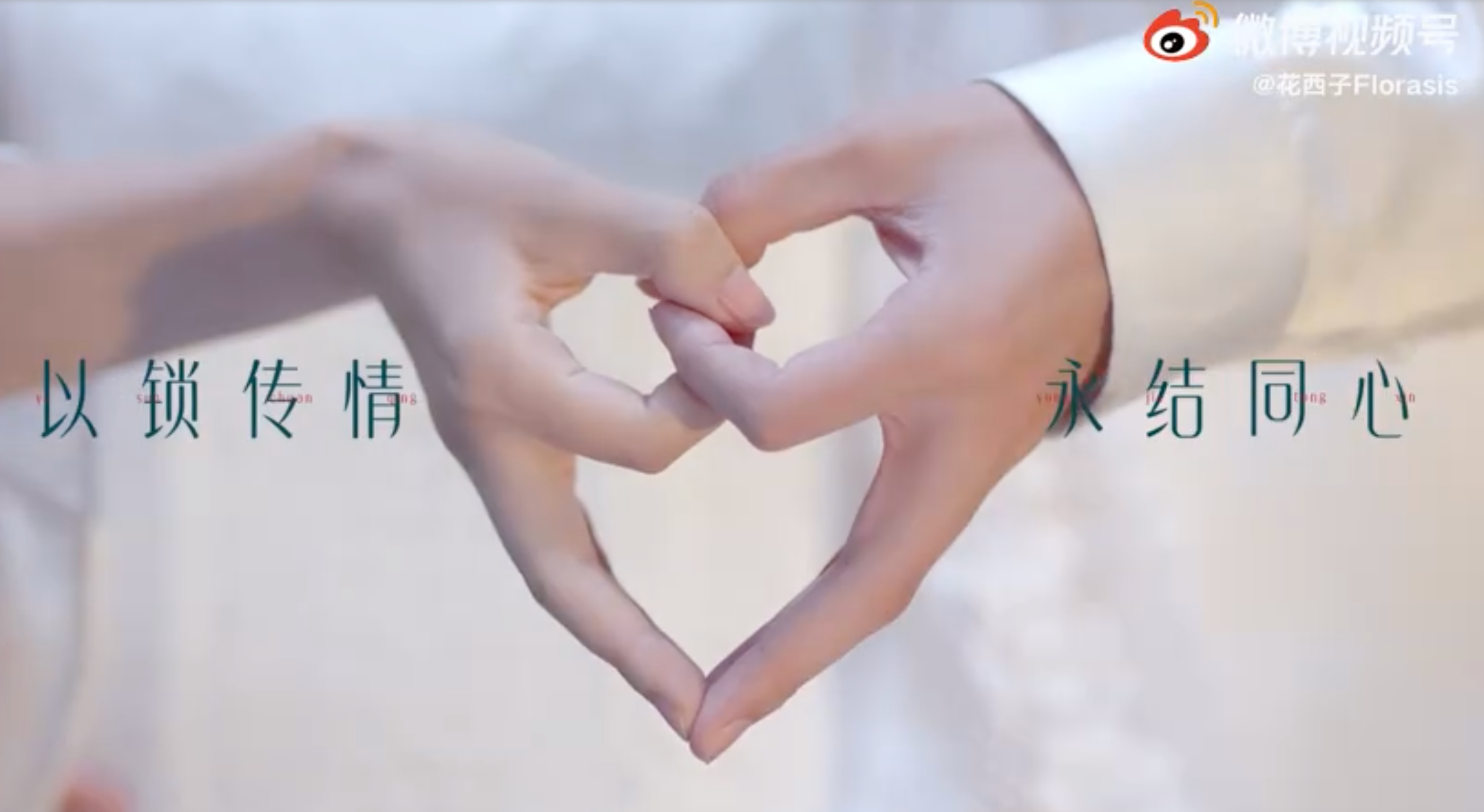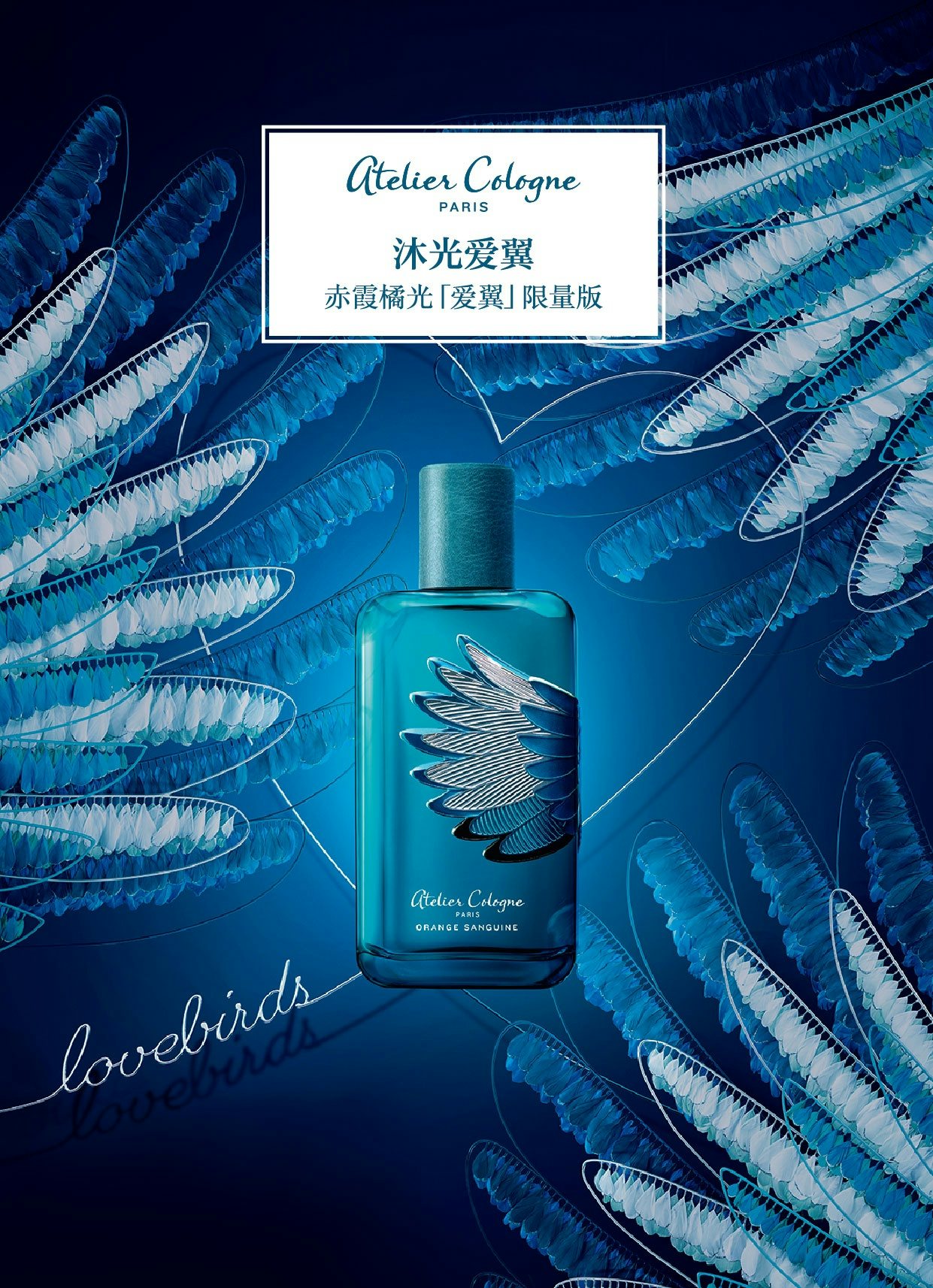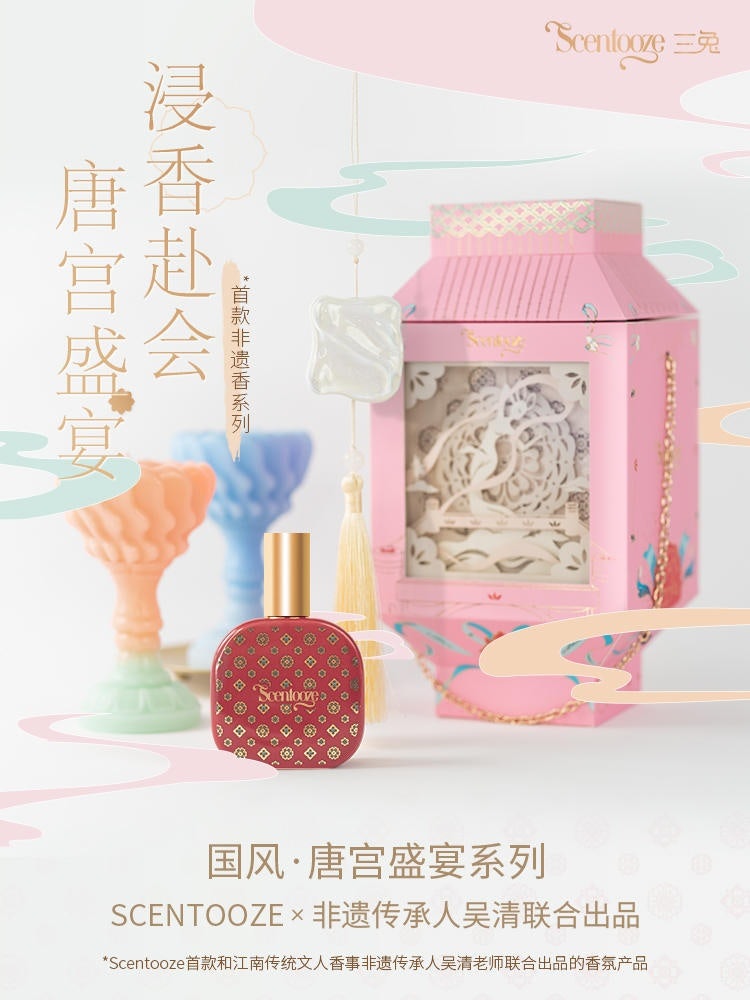Coming off the release of our latest insight report, How Niche Fragrances Are Winning Over Young Chinese Consumers (available for purchase on our Reports page), Jing Daily recently held a webinar featuring expert insights from guest panelists Dao Nguyen, founder of the boutique strategic marketing agency Essenzia ByDao, and Ye Chen, senior research analyst with the think tank ChemLinked.
Over the course of the hour-long webinar, the discussion covered some of the findings from the report and delved into best practices for fragrance and beauty brands to appeal to China’s increasingly sophisticated consumers. Among the many takeaways from the webinar:
1. In China, the motivations for buying luxury fragrances have shifted in just one generation.#
For decades, China has become known more as a key market for luxury cosmetics than for high-end fragrances. Whereas previously fragrances were seen as functional — with many consumers choosing not to buy them because they said they “don’t smell bad” so did not need them — now fragrances are chosen and purchased as a way to express personality and individuality.
There is even a generational divide in how “post-80s” and “post-90s” consumers in China consider fragrances, with older millennials considering a high-end fragrance a “cherry on the top” that finishes off their fashion sense or lifestyle, while younger consumers see it as an integral part of a whole.
2. Young, digitally-savvy consumers are crucial for fragrance brand success in China.#
The impressive tech-savviness of younger Chinese consumers means they are able to gather a great deal of information on brands — even those not yet active in the Chinese market — and learn more quickly than their Western peers. The new generation of high-end niche fragrance consumer in China quickly identifies the brands they like by way of the brand backstory and attitude.
One example of a brand that has quickly found a passionate base among younger consumers in China is Juliette Has a Gun, founded in 2006 by Romano Ricci, great-grandson of Nina. Among teenagers in particular, the brand’s somewhat rebellious and edgy attitude stands in stark contrast to the more staid image of classics such as Chanel N°5 or Dior J’Adore that are more associated with their parents and older relatives.
As panelist Ye Chen noted, younger consumers in China love the social function of niche fragrances — via social media platforms like Xiaohongshu, it is now easier than ever to share experiences and find others who enjoy the same scents. In this way, interest in niche fragrances supports Gen Z consumers in China to feel a sense of belonging.
3. By the time a fragrance brand enters China, it may already have a strong following.#
A growing number of international brands are turning to Tmall Global as a conduit to officially enter the China market, taking part in initiatives like Alibaba’s plan to incubate 1,000 new beauty brands on Tmall this year, with plans to help them surpass RMB 10 million ($1.5 million) in annual revenue. But while e-commerce platforms such as Tmall serve as facilitators to sell to consumers in China, by the time many brands do decide to enter China — with or without a partner like Tmall — many are already well-known among Chinese consumers who have access to unofficial daigou (cross-border) sales channels or Western social media such as Instagram.
This means it’s up to brands to keep in mind the importance of fostering a strong emotional connections when officially entering the China market. Unlike in the leather goods or apparel markets — where foreign luxury brands have long enjoyed a wide gap in consumer perceptions over their Chinese competitors — fragrance buyers in China are less brand-centric and make purchases that resonate with them. As a result, fragrance brands need to work hard to incorporate the scents, marketing messages, and community-building strategies that appeal to local consumers.
4. In 2022, keep an eye on functional skin care and brand-run livestreaming.#
In the broader skincare and beauty markets, Chinese consumers are becoming more interested and confident in brands that boast medical or scientific connections and target specific skin problems. This is driving major players to launch dedicated departments, such as L’Oréal’s Active Cosmetics division, which have seen significant growth in China this year. As such, we should keep an eye on this segment in the year ahead.
Another area that panelists noted as showing strong potential is brand-run livestreaming, building on the growth of celebrity or influencer-led livestreaming that emerged during the early days of the COVID-19 pandemic last year. While it’s become common knowledge among brands that a celebrity-hosted livestream can bring explosive one-day traffic, more brands are looking to take these efforts in-house to drive more sustainable revenue.
Ranging from livestreams hosted by knowledgeable staff to — in SK-II’s case — launching a movie studio, brand-run streaming and short video efforts are a way to cultivate in-house talent and produce thoughtful content that more deeply engages audiences.
Case Studies#
Holidays such as the recent Qixi festival, a traditional Chinese version of Valentine's Day, offer opportunities for brands to launch products and campaigns tailored to the Chinese market and its strong gifting culture. Chen and Nguyen shared a few of their top picks from this year's Qixi festival, which took place in mid-August.
1. The C-Beauty Powerhouse: Florasis#

One of the most successful Qixi marketing campaigns of the year was created by Florasis (花西子), which centered around a video featuring two couples — one young and Western and another middle-aged and Chinese — and highlighting the ways they celebrate their respective Valentine’s Days.
Rather than trying to work with the hottest young idols or flavor-of-the-month influencers, Florasis instead associated its brand with enduring love and romance, capping the campaign off with a brand-created hand gesture. The gesture — which combined a chain-like shape with the shape of a heart — resonated among consumers familiar with Florasis products like its Love Lock Lipstick and quickly went viral, as it also plays on the trend of using gestures in selfies on social media.
2. The Savvy Global Player: Atelier Cologne#

L’Oréal-owned Atelier Cologne launched a limited-edition “Love Wings” edition of its Absolute Orange Sanguine cologne for the China market, a collaboration with fashion designer Shang Guanzhe (上官喆) of SANKUANZ, featuring a translucent blue bottle. Working with Chinese designers and other creative talent is a key way of building goodwill by showing cultural awareness and sensitivity to local tastes.
3.#
The Up-and-Coming Chinese Innovator:#
Scentooze#

Fresh off of a funding round last year, domestic brand Scentooze has quickly made waves in China's fragrance scene. For Qixi, Scentooze launched a “Tang Dynasty Palace Feast” collection that included liquid and solid fragrances as well as special-edition candles encased in a lantern-like box. Tapping the booming guochao trend that continues to attract younger millennial and Gen Z consumers throughout China, the special edition box set calls back to the splendor of the Tang Dynasty (618-907 CE) and the famous story of famous beauty and royal consort Yang Guifei.
